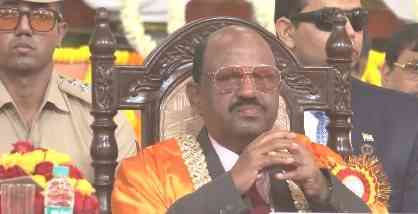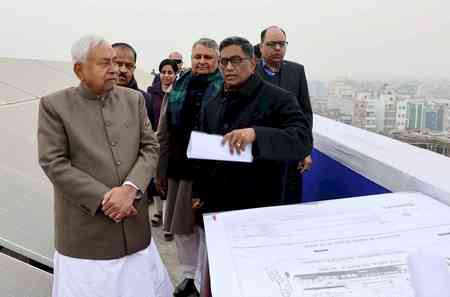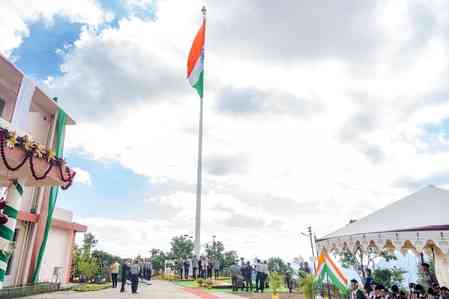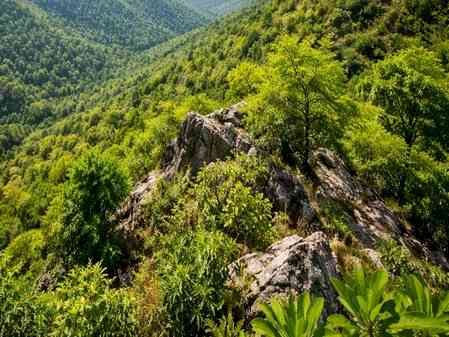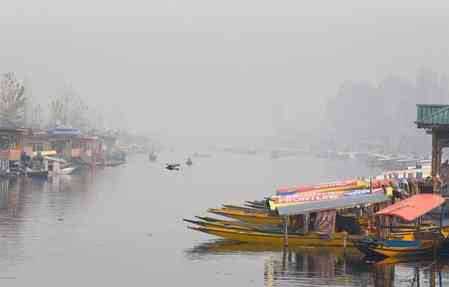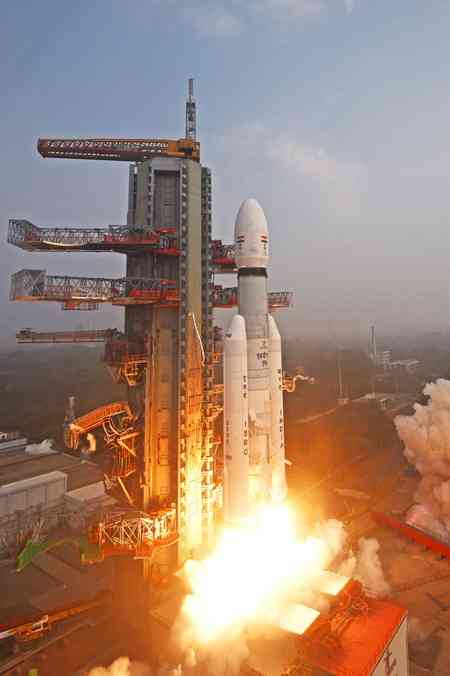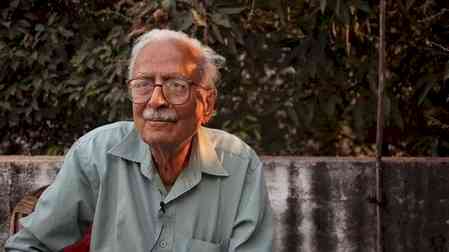Lecture on 'Folk Cultural Heritage of Haryana' in MDU
The history of Haryana's folk cultural heritage is thousands of years old. This was stated by Prof. Mahasingh Poonia, Head of Hindi Department, Institute of Integrated and Honors Studies, Kurukshetra University, during a lecture on the topic 'Folk Cultural Heritage of Haryana' organized under the joint aegis of Sanskrit, Hindi and Music Departments at the Center for Haryana Studies of MDU.
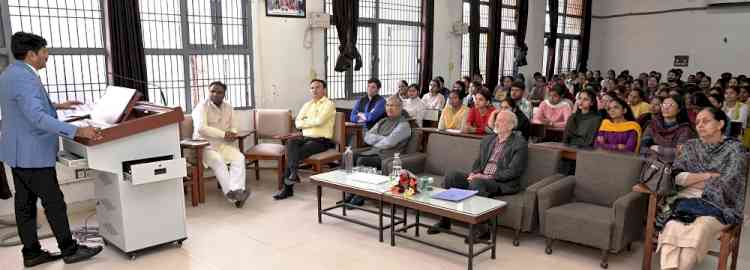
Rohtak, March 3, 2025. The history of Haryana's folk cultural heritage is thousands of years old. This was stated by Prof. Mahasingh Poonia, Head of Hindi Department, Institute of Integrated and Honors Studies, Kurukshetra University, during a lecture on the topic 'Folk Cultural Heritage of Haryana' organized under the joint aegis of Sanskrit, Hindi and Music Departments at the Center for Haryana Studies of MDU.
Prof. Mahasingh Poonia said that the culture of Haryana has been very old and rich. Haryana is the region where Vedic civilization started and developed on the banks of the Saraswati River. The Vedas were also composed here. Haryana's 5000-year-old history is full of pride. Lord Krishna preached the Bhagavad Gita at the beginning of the Mahabharata war in Kurukshetra, which is called the holy place of Haryana. Saint Vedvyas wrote the Mahabharata in Sanskrit on this land. Before the Mahabharata war, a war of ten kings took place in the Kurukshetra region of the Saraswati Valley. But it was the Mahabharata war, which took place around 900 BC, that brought fame to this region worldwide. He said that in the Mahabharata, Haryana has been mentioned as Bahudhanyak, i.e. land of abundant grains and paddy. The word Hariyana is found in a Sanskrit inscription of 1328 AD kept in the Delhi Museum, in which the Haryana region has been described as heaven on earth.
Prof. Maha Singh Poonia said that excavations at various archaeological sites in Haryana such as Naurangabad and Mitthal in Bhiwani, Kunal in Fatehabad, Agroha in Hisar, Rakhigarhi (Rakhigarhi) in Jind, Rukhi (Rohtak) and Banwali in Sirsa have yielded evidence of pre-Harappan and Harappan culture. He said that the discovery of pottery, sculpture and jewellery at Pehowa, Kurukshetra, Tilpat and Panipat gives knowledge of the antiquity of the Mahabharata war. These places have been mentioned in the Mahabharata as Prithudak (Pehowa), Tilprastha (Tilput), Panaprastha (Panipat) and Sonprastha (Sonipat). He said that the history of Haryana's folk culture, folk costumes, lifestyle, food, rural occupation, agricultural tradition and turban has been very ancient and rich, of which all Haryana residents can be proud.
Earlier, Director of Center for Haryana Studies, Prof. SS Chahar welcomed and honored Prof. Maha Singh Poonia. On this occasion, Prof. Surender Kumar, Prof. Krishna, Dr. Shri Bhagwan, Prof. Pushpa, Dr. Ravi Prabhat, Dr. Sushma Nara, Dr. Anil Kumar, many other dignitaries and teachers along with students of Sanskrit, Hindi and Music departments were present.


 Girish Saini
Girish Saini 

